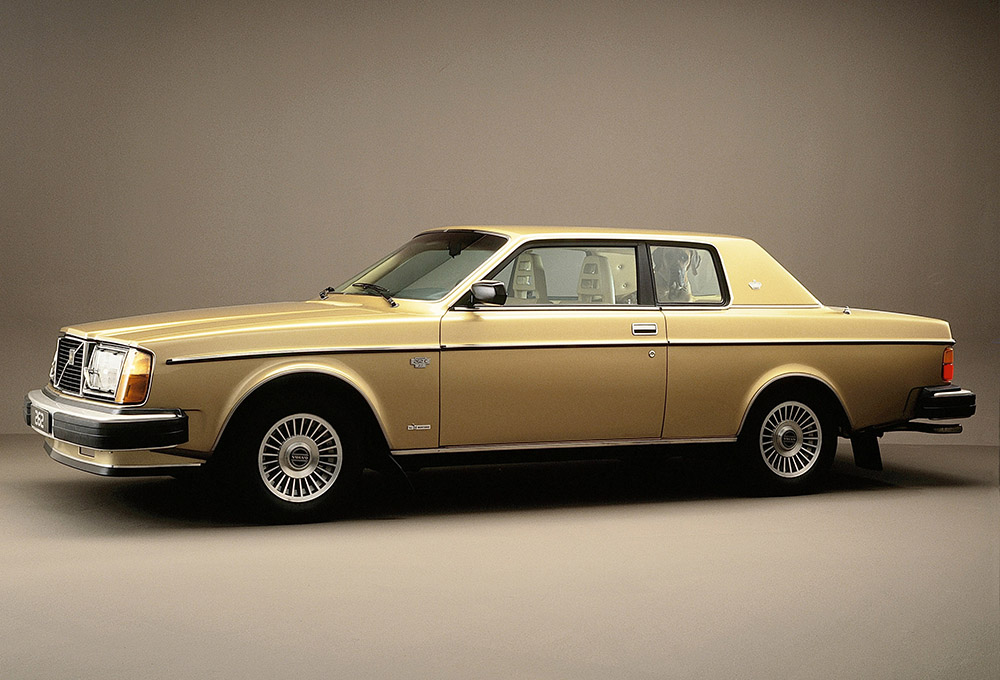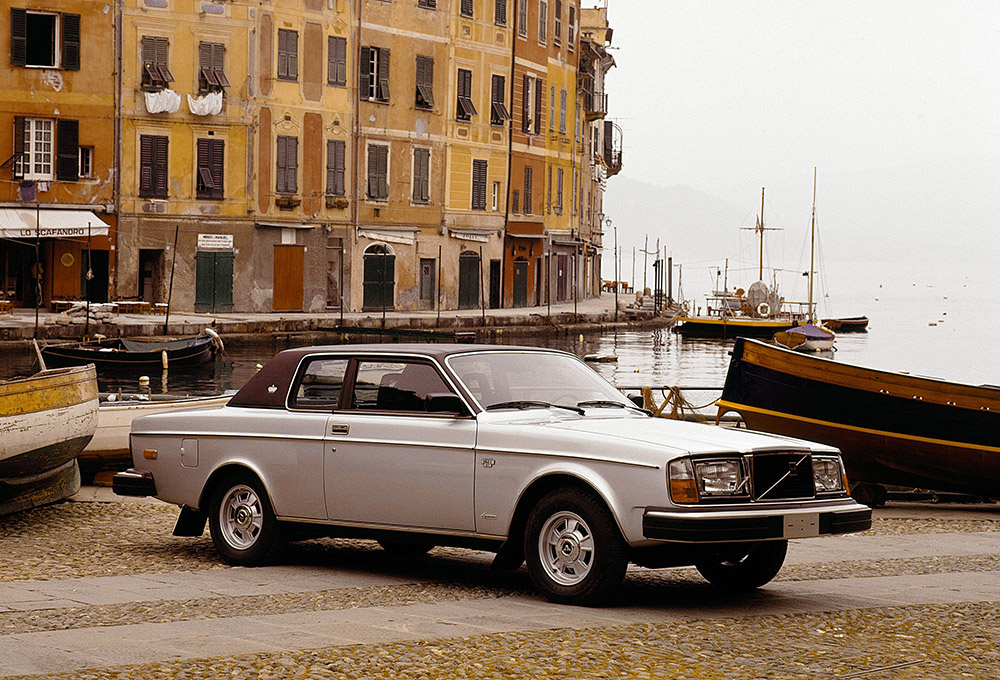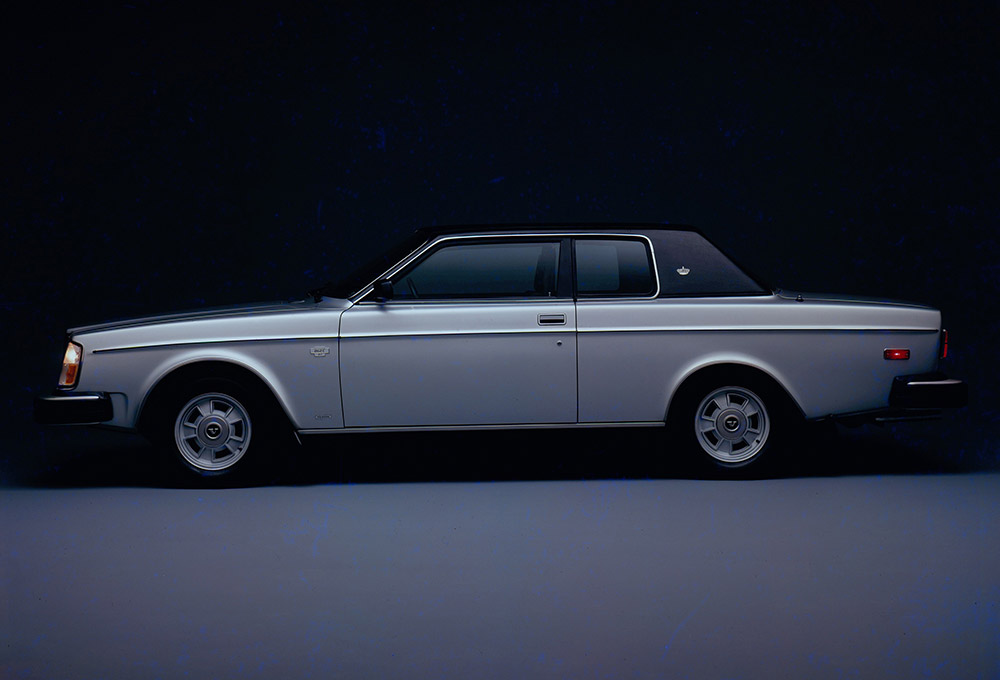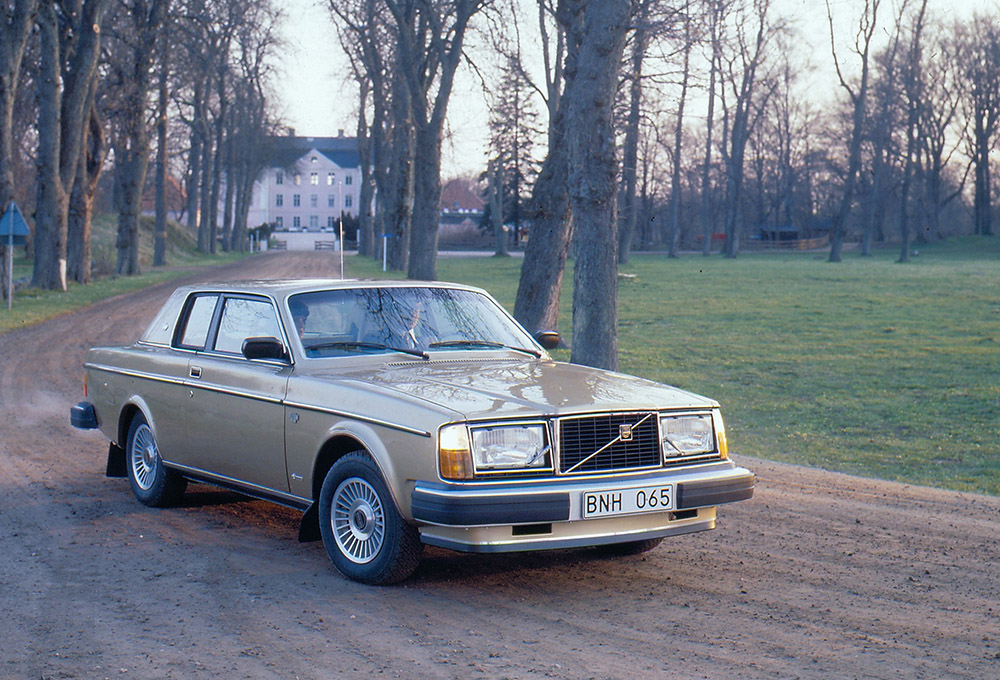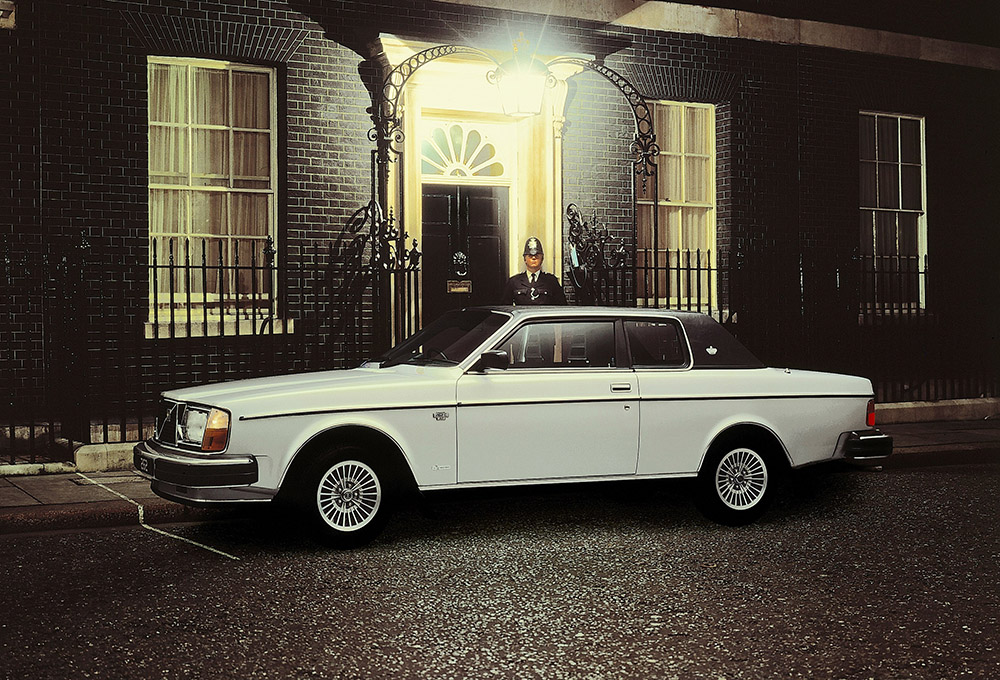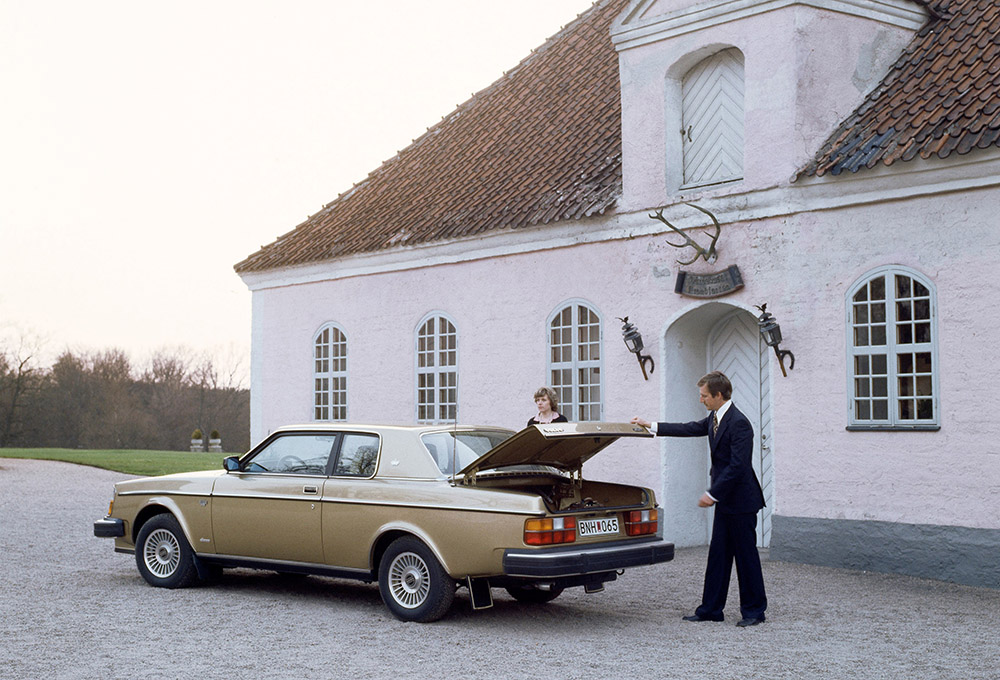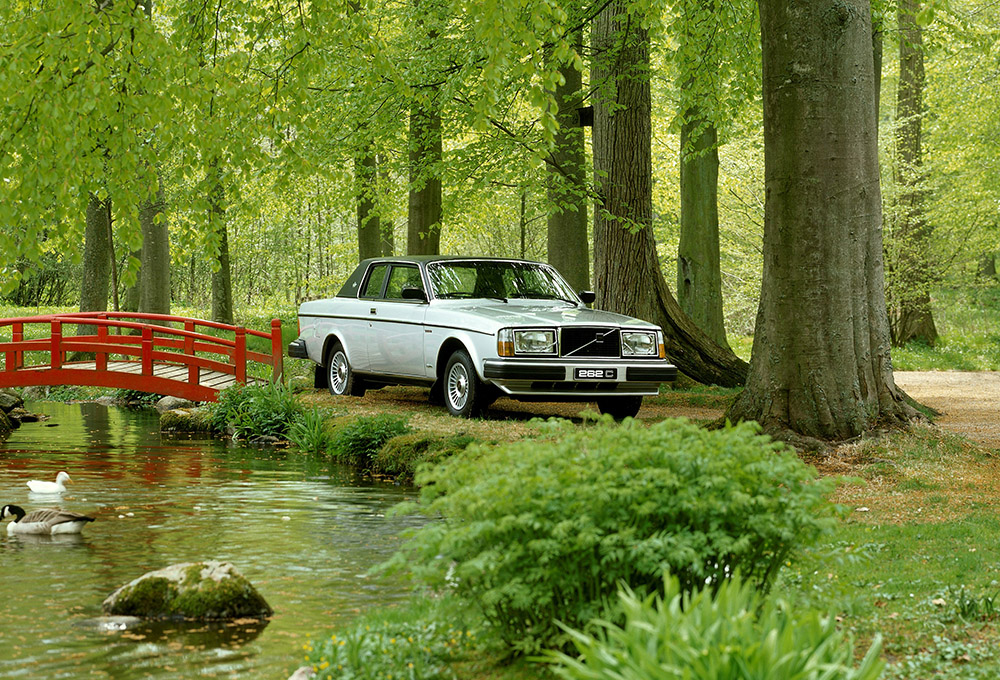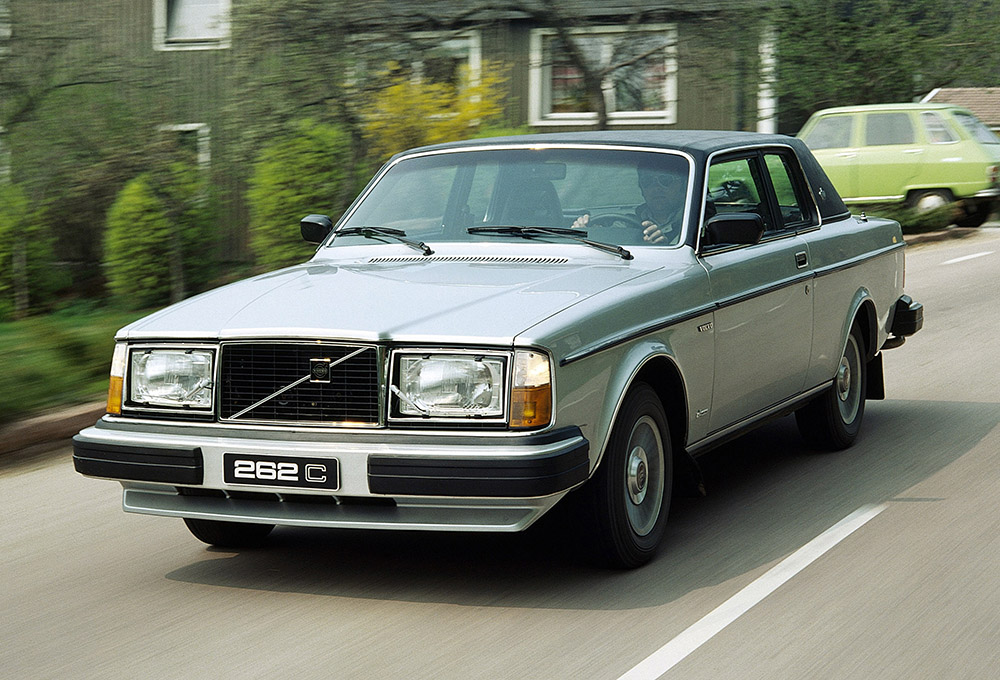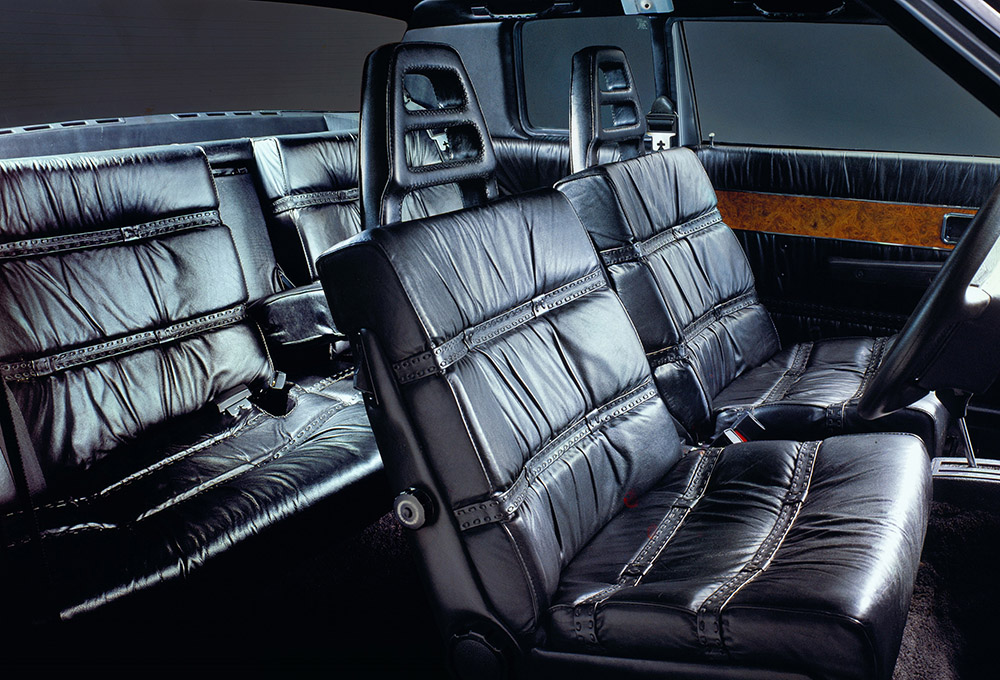Designed in Sweden and built in Italy
Forty years ago, Volvo turned perceptions of what its brand stood for upside down. Launched at the Geneva Motor Show in March 1977, the Volvo 262 Coupé made quite an impact. The two-door coupé had heavily slanting windscreen pillars and the roof was lowered by 60mm from the standard Volvo 200 series saloon to get the car to be perceived as sleeker and sporty - the remainder of the body was unchanged.
When the Volvo 1800ES was discontinued in 1973, there was no natural successor to the role of top of the range sports model. Volvo’s CEO Pehr G Gyllenhammar saw this as a problem. It was especially important that there was a model of this kind in Volvo’s biggest export market in the USA and a luxury coupé seemed more right at the time than another sports car.
Volvo’s chief designer Jan Wilsgaard did sketches for the shapes of the prestige car, but no clay model was ever built. Instead, he used a Volvo 164 that had been used to test new interiors. It was taken to the Italian designer Sergio Coggiola’s company in the Italian city of Turin, where the four-door body was rebuilt into a two-door body with a lower roof. The roof was clad with vinyl and the wide C-pillar adorned with three crowns - Sweden’s heraldic national symbol. The three crowns were replaced with one larger one on the production car, which is one of the very few differences between it and the prototype - except the obvious one that it was based on a 164.
Such a niche product, built in small numbers, didn’t fit into the Volvo plant in Gothenburg. Instead, final assembly took place at the Italian Carozzeria Bertone, who also built the 264TE limo. Kits were sent to Turin where the bodies were modified, painted and assembled into finished cars. A small badge on the lower part of the front wing showed that Bertone had built the car.

